Game Flavor
The game is set on October 2nd, 1900, exactly 28 years after Phileas Fogg, the eccentric Londoner, accepted and conquered the challenge of going around the world in 80 days.
This year, to pay homage to Fogg, we, the players, have made a bet to find out which one of us can travel by train to the highest number of North American cities in just 7 days. The journey starts right away! Are you ready?
Game Info
Ticket to Ride is played with 2 to 5 players, has an age recommendation of 8 years and up, and was created by the renowned designer Alan R. Moon, the creator of many other games, such as Airlines Europe and Elfenland, besides, of course, all other Ticket to Ride versions. The ones responsible for the artworks are Julien Delval and Cyrille Daujean, who is also responsible for other very cool games.

Ticket to Ride came out in 2004, published by Days of Wonder; in a few other countries, such as Brazil, the release would only come out much later. Ticket to Ride is a classic and is well positioned at the BoardGameGeek (BGG) forum - and I confess I don't understand why it took so long for it to be released in other countries.
The game explores mechanics such as hand tracking, construction of networks and routes. It is a family game, an entry-point, really, and what's even cooler: it can be played regardless of the language you speak.
The Game and its Turn Cycle
The game is really quite simple, has a quick setup and is even quicker to explain. In your turn, just choose 1 out of the 3 available options and then end it.
Basically, you'll have route tickets (Destination Ticket Cards) which you need to go through and which will give you points, you'll have to collect Train Car Cards with the colors of the routes that connect your destinations, use these cards to claim routes and score according to the number of cars you use.
Let's see how simple it is with images:
After placing the board on the table, each player gets Train Cars with their respective color, and 4 Train Car Cards are given to each player.
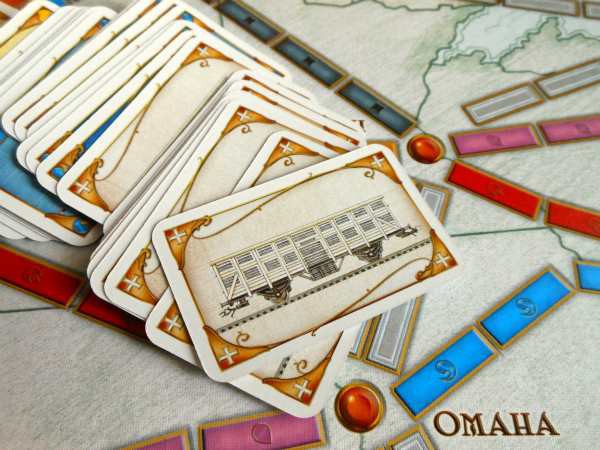
After that, each player gets 3 Destination Ticket Cards and should keep at least 2 of them in their initial hand as starting goals to accomplish.
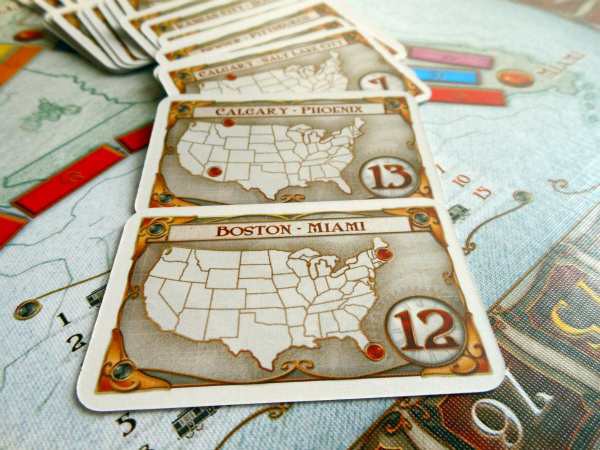
That done, now you need to choose between one of the 3 available options: Drawing Train Car Cards, Claiming a Route or Drawing more Destination Ticket Cards.
But where is the fun in all of that? Let's go! The first action, drawing Train Car Cards, will give you more possibilities and route options to fill, as the cards have colors that match the colors of the routes that connect cities.
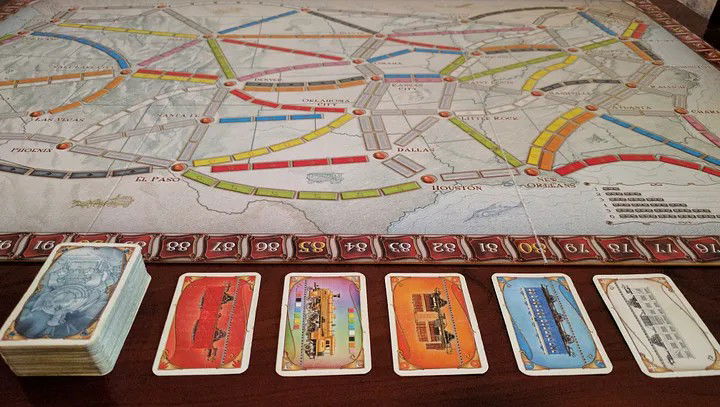
You can choose to draw 2 cards out of the 5 available cards (you can also get the deck's "face down" cards) or just get 1 card, the wildcard, if it's available among the 5 cards.
The second available option is to Claim a Route, which means you'll play Train Car Cards in the exact number and color of the route claimed, place your cards on the route and get points as a result (the scoring board is printed on the board, so it is quite accessible to all.)
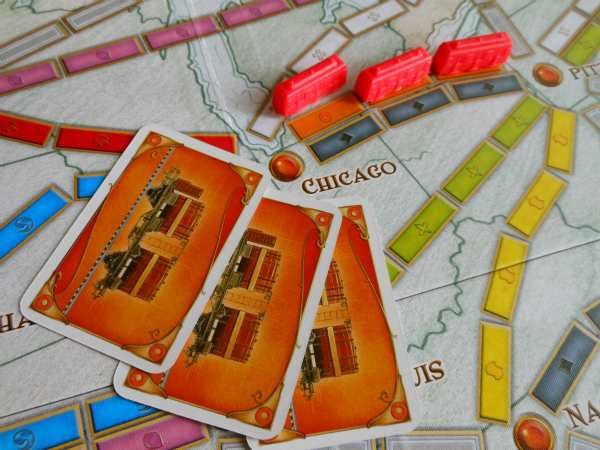
The third and last action possible to take in your turn is to get new Destination Ticket Cards, which means you'll get 3 new Destination Ticket Cards and keep at least 1 of them. It is that simple! But I must inform you that you can't be greedy here. For each unfulfilled Destination Ticket Card, you get negative points, which means, you'll go back on the scoring track. So, be very careful!
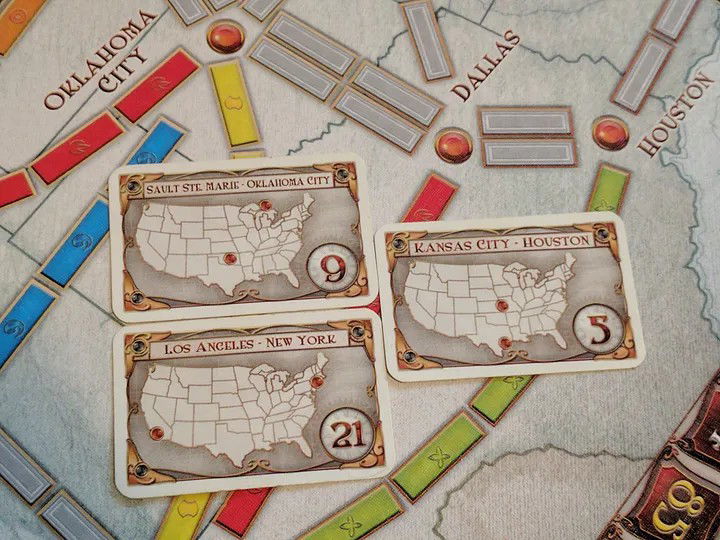
Choosing one out of the 3 actions listed above will be your turn. I'll be honest: you'll always itch to do all 3 actions in a single turn... Because sometimes you'll be missing just one Train Car Card to Claim a Route and you can get it with the 1st action - so obviously you'll be dying to claim a route straight away, but, when you have to wait for the turn to go back to you to be able to claim it, it's agonizing!
When you don't have cards enough to Claim a Route, and you have Train Car Cards, but none of them are on par with your Destination Ticket Cards, it is time to get more Destination Ticket Cards. It seems obvious to choose this option, but, particularly, it makes me feel impotent to spend a whole turn choosing new Destination Ticket Cards when you know you'll soon need to Claim a Route and score before anyone claims the route you were hoping to get.
Check out the board map below to understand why I'm so annoyed by this topic:
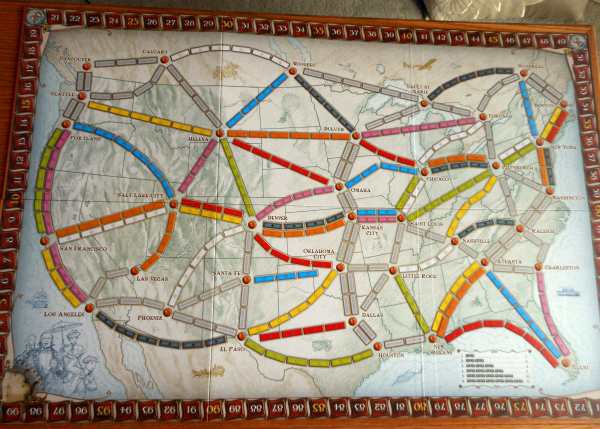
Most routes that connect cities are unique, which means, players' routes will collide sooner or later; that is a certainty - and that's where the fun comes in, because, you either claim them fast, or someone can take that route before you can, and then you'll have to spend a lot of time going around it to reach your destination. That happens more frequently than I'd like it to.
As an alternative, there are double-routes, but they are scarce and popular. The competition is so fierce that at times we don't know if it's best to try the shortest route or go around it straightaway and escape everything and everyone. These are strategic decisions that impact everything: the number of Train Car Cards used, Destination Ticket Cards used, cars used, etc..., but this is what makes Ticket to Ride a beloved classic in many players and collectors' eyes.
Game End and Scoring
The end of the game is declared when, at the end of a player's turn, they only have up to 2 cards available to place on the board. Everyone, including the player who set off the end of the game, will have an extra turn.
Regarding scoring, at each route claimed, you count points according to the number of cards used on that route. Besides that, at the end of the game, you count points for each Destination Ticket Card you fulfilled, subtract unfulfilled Destination Ticket Cards, and, finally, you count points for the longest continuous route. If there is a draw, the players involved get the card's total in points.
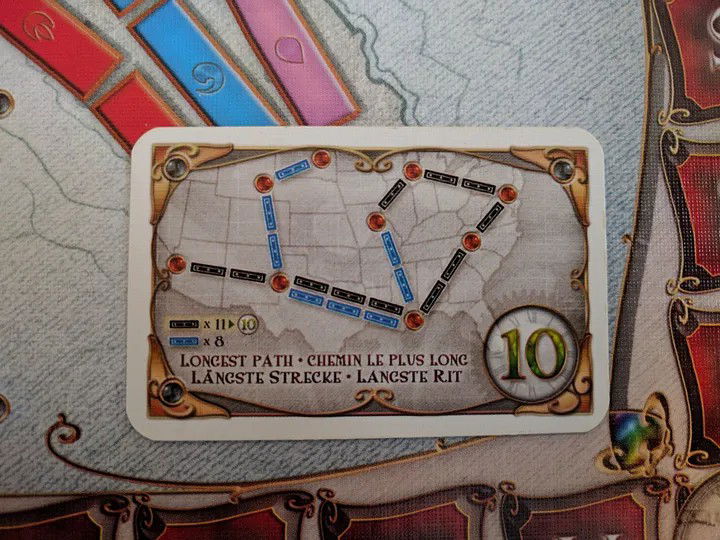
At the end, the player with the highest total points wins. If there is a draw, the player who has fulfilled the highest number of Destination Ticket Cards wins.
Strategic Tips that Can Help You Reach Victory
My tips come from all my experience playing Ticket to Ride, so here it goes!
Consequently, by filling longer routes, the points for placing cards on the board map will only stack up and increase rapidly: it is a cascade effect. A great effect, by the way!
Well, if you're crazy about strategies, you can just count cards: there are 12 cards of each color and 14 wildcards. Count them and your chances will increase exponentially. There are countless folks that really enjoy that, trust me!
Just check the board map, and you'll notice there are towns with 7 routes available to get to. On the other hand, there are towns with only 2 routes. So, my friend, I don't even need to say anything else - you can either guarantee one of these routes, or give up on them entirely.
Gameplay
Teaching Tips
Ticket to Ride is a lesson in geography and history at the same time. Discovering the North American map has never been more fun, with real locations of the towns and even routes that still exist, by the way. Playing this game is finding out that a timezone in a certain North American city is different from yours, and that a certain team or historical place is in a certain town, or that a movie in particular explores the history of a certain town, etc.
Parents and teachers can thoroughly use Ticket to Ride. The sky is the limit!
Mathematically speaking, the constant sum of how many cars are used in a certain route practices addition. Keeping track of scores per car and the value of your Destination Ticket Cards will allow players to predict or anticipate how many points are left to reach or overcome a certain opponent.
You can also work on spacial awareness, because cars score according to the route's length. And knowing where you should start is essential; knowing where you should invest to boost your score is very important, and demands caution and strategy.
Anyway, this game can be thoroughly enjoyed, I'm sure. I recommend you bring Ticket to Ride to your home collection!

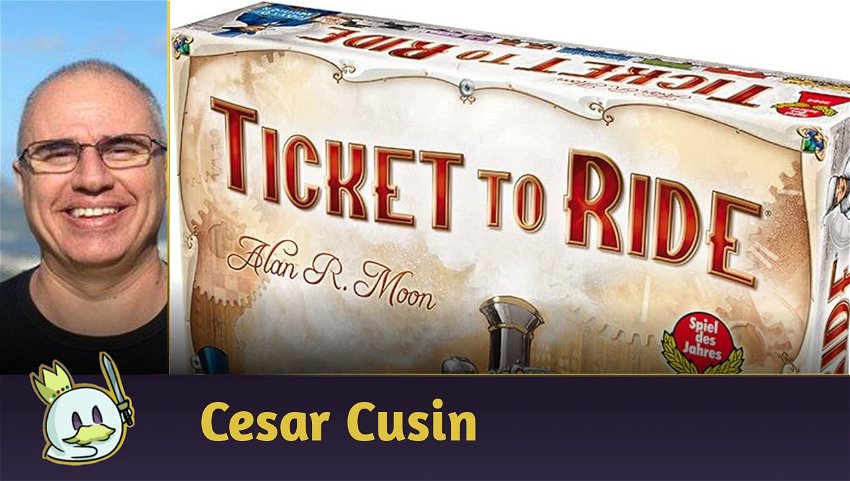







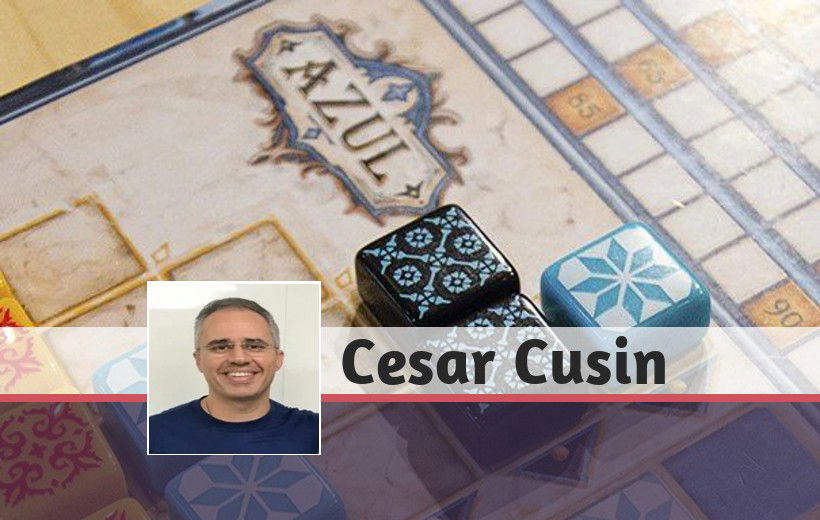
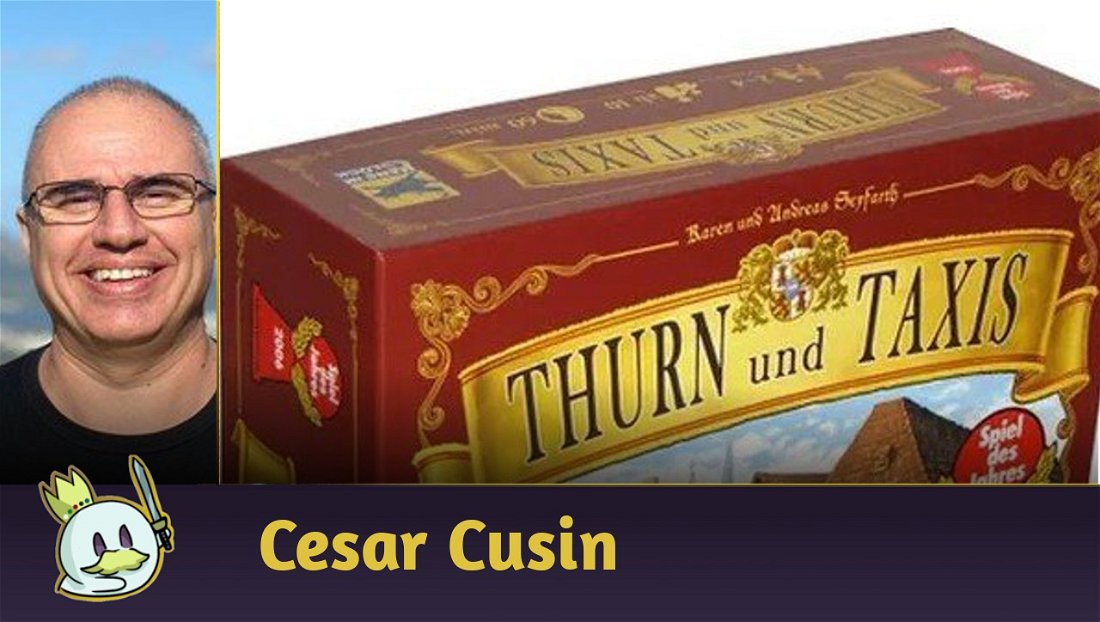



— Comentários 0
, Reações 1
Seja o primeiro a comentar